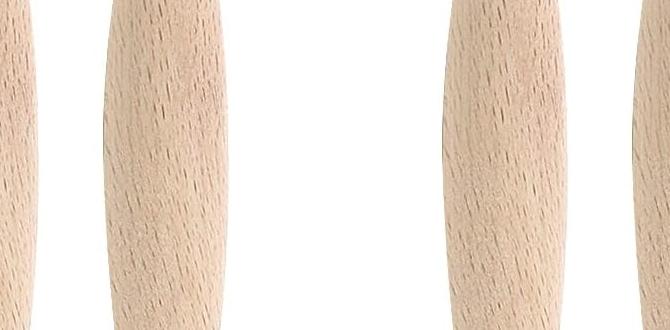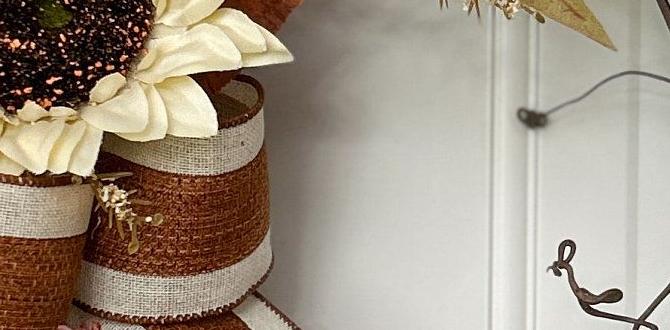As autumn approaches, many gardeners begin to plan their fall gardens and eagerly anticipate the harvest of one of the season’s most iconic crops – pumpkins.
Known for their vibrant orange hue and versatile use in recipes and decorations, pumpkins are a staple in many households during the cooler months. However, successfully growing pumpkins requires more than just planting the seeds and waiting for them to grow.
One key aspect of pumpkin cultivation is companion planting, which involves strategically placing plants near each other to enhance growth and protect against pests and diseases. We will explore the world of companion plants for pumpkins, providing gardeners with valuable insight and tips to maximize their pumpkin harvest.
From classic pairings to lesser-known companions, this article will equip readers with the knowledge and resources needed to create a thriving pumpkin patch in their backyard. Whether you are a seasoned gardener or just starting out, this guide will be essential in your quest for a bountiful pumpkin harvest.
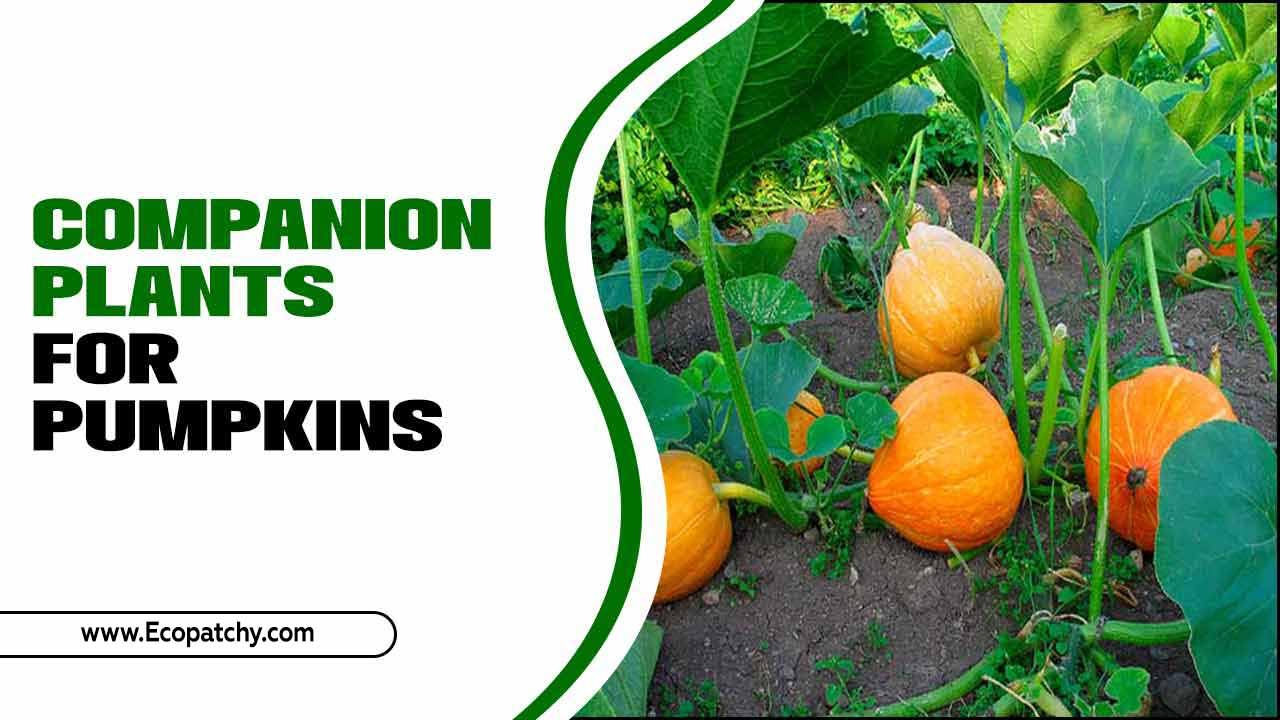
What Are Companion Plants?
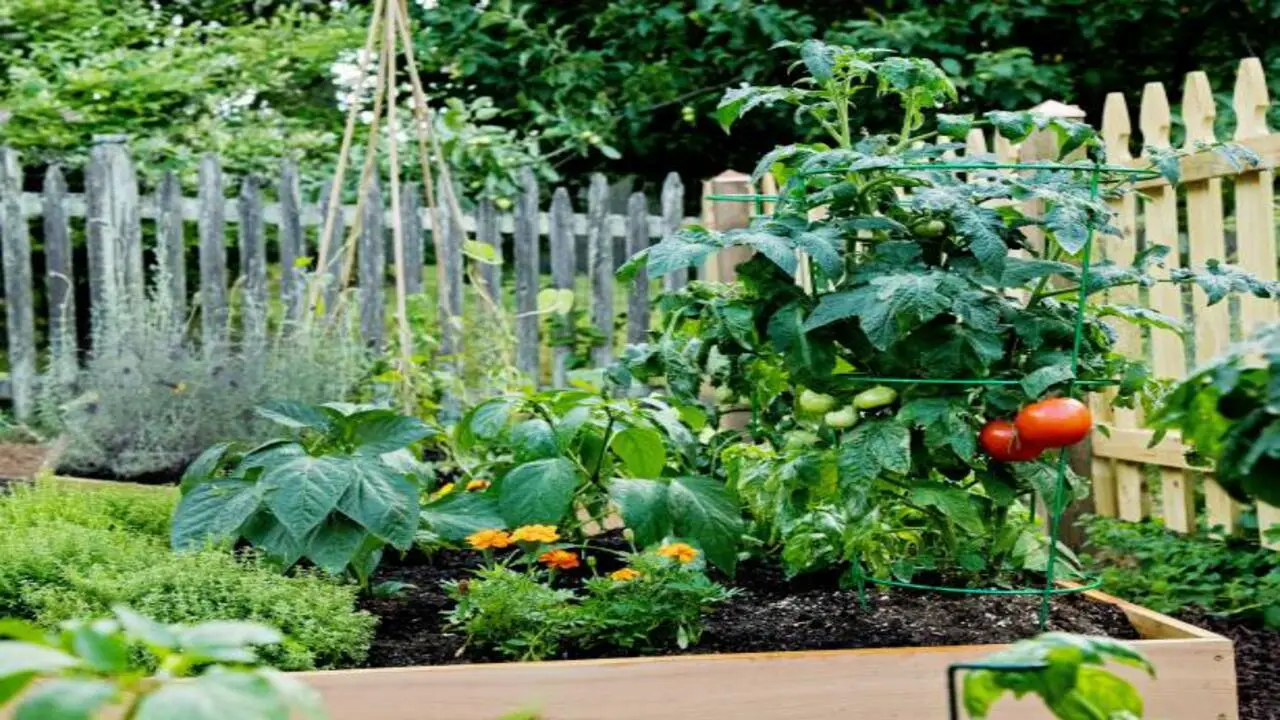
Companion plants are plants that are grown together to provide benefits to each other. In the case of pumpkins, several companion plants can help improve their growth and deter pests. Some common companion plants for pumpkins include marigolds, which help repel pests like aphids and nematodes, and beans, which can fix nitrogen in the soil and improve the nutrient content of the pumpkins.
Additionally, planting pumpkins with corn or sunflowers can provide shade and support for the pumpkin vines as they grow. You can create a more productive and healthy garden by choosing the right companion plants for your pumpkins.
10 Best Companion Plants For Pumpkins
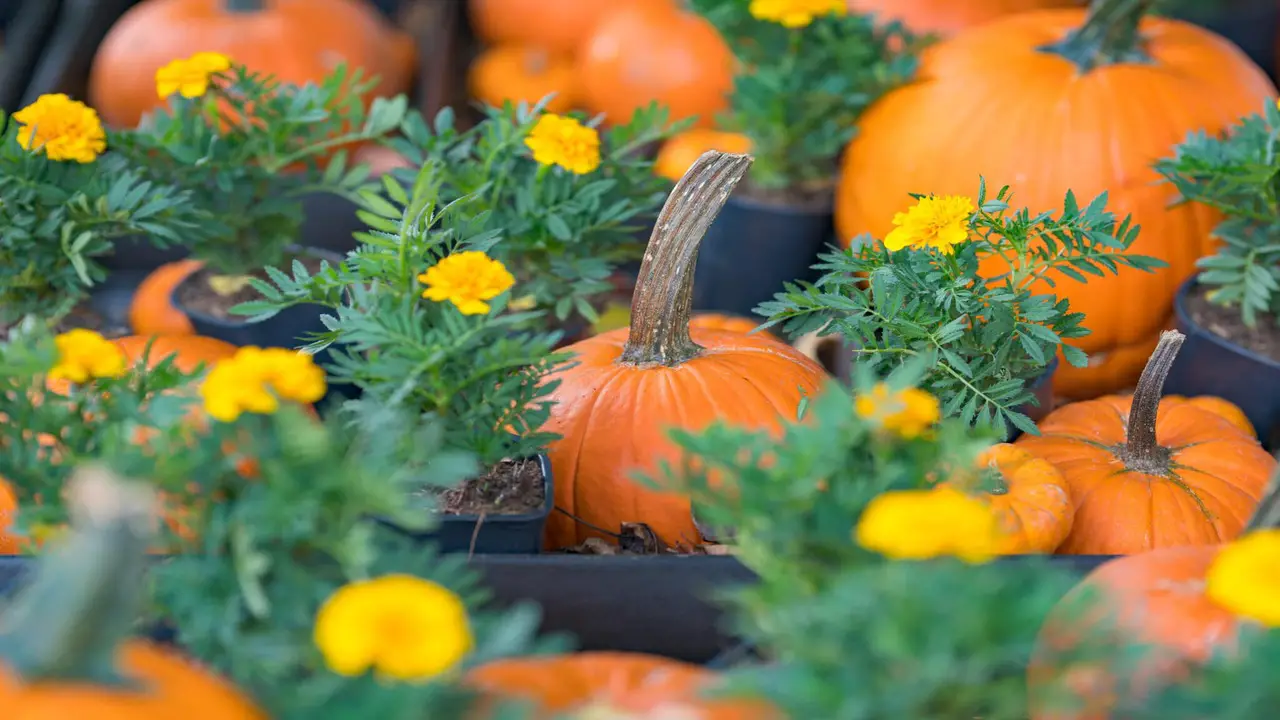
Increase pumpkin yields by strategically choosing the right companion plants. These plants can help deter pests and improve soil health in your vegetable garden. Companion planting can be a great way to maximize the growth and health of your pumpkin plants.
By strategically planting certain companion plants alongside your pumpkins, you can help deter pests, improve soil quality, and increase pollination. Here are 10 of the best companion plants for pumpkins:
1.Marigolds: Natural Insect Repellent

Marigolds, with their vibrant colors and pleasant fragrance, serve as natural insect repellents in vegetable gardens. They release chemicals that repel harmful pests like aphids and beetles, keeping your pumpkins safe.
Additionally, marigolds attract ladybugs, which are natural predators of pumpkin pests. You create a beautiful and pest-resistant environment by planting marigolds around your pumpkin plants. Moreover, these flowers help prevent fungal diseases in pumpkin crops. Enjoy the benefits of companion planting by incorporating marigolds into your garden.
2.Nasturtiums: Attract Pollinators
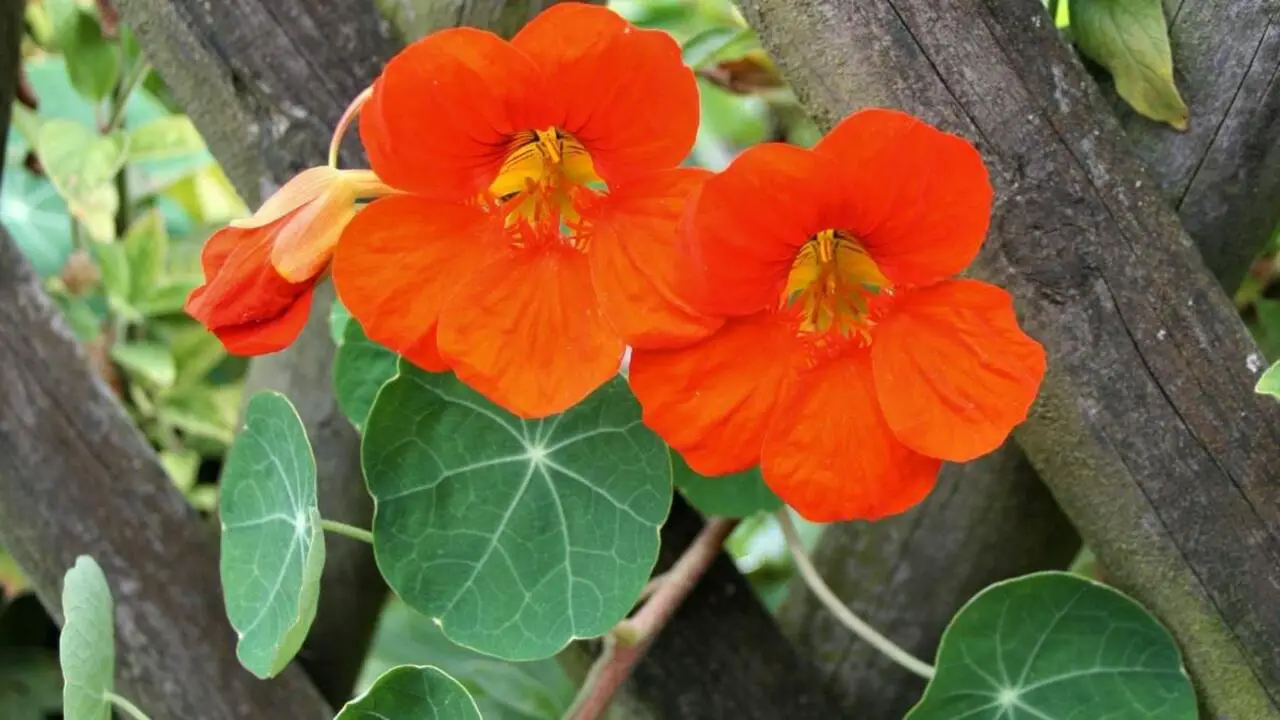
Nasturtiums, with their vibrant and eye-catching flowers, can attract bees, butterflies, and other pollinators to your vegetable garden. These beneficial insects are crucial in increasing pumpkin yields by ensuring effective pollination.
Apart from their pollinator-attracting qualities, nasturtiums also add a touch of beauty to your pumpkin patch. The best part is that these lovely plants are incredibly easy to grow and require minimal maintenance. Another interesting use of nasturtiums is using their leaves and colorful flowers in salads, which adds a unique peppery flavor to your dishes.
3.Radishes: Break Up Soil

Radishes play a crucial role in improving soil quality for pumpkin plants. Their long taproots break up compacted soil, allowing better water and nutrient absorption. By planting radishes alongside pumpkins, you enhance soil drainage and help suppress weeds, minimizing competition for nutrients.
The best part is that while benefiting your pumpkin crops, you can enjoy a tasty harvest of radishes. To prepare the soil, plant radishes before pumpkins during the growing season. Their root vegetables create a nutrient-rich environment for your pumpkin companion plants.
4.Borage: Attracts Bees
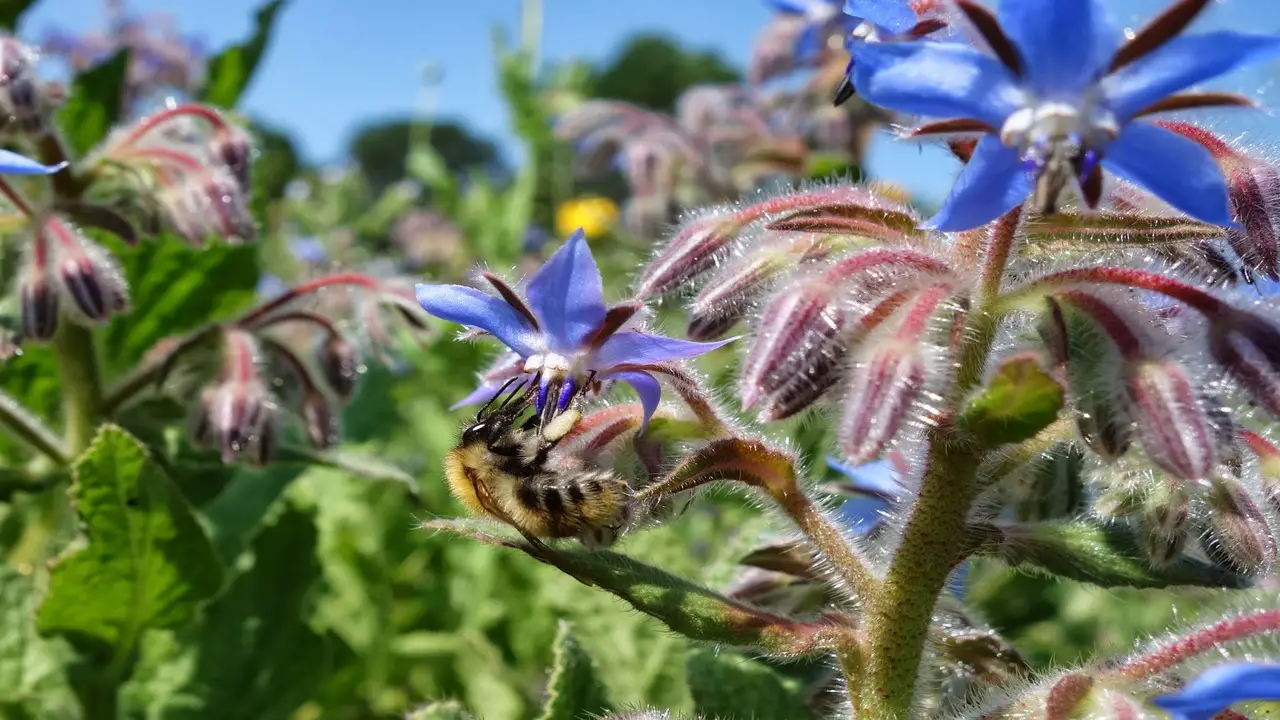
Borage, also known as starflower, is a remarkable pumpkin companion plant. Its beautiful blue flowers add a pop of color to your garden and act as a magnet for bees, attracting them to your vegetable garden. Bees are crucial in pollinating pumpkin flowers, essential for fruit development.
Additionally, the nectar-rich flowers of borage attract beneficial insects that can help control pests in your garden. The leaves of borage can also be used in salads or steeped to make a refreshing herbal tea, adding flavor and versatility to your culinary options.
5.Corn: Improve Soil Structure
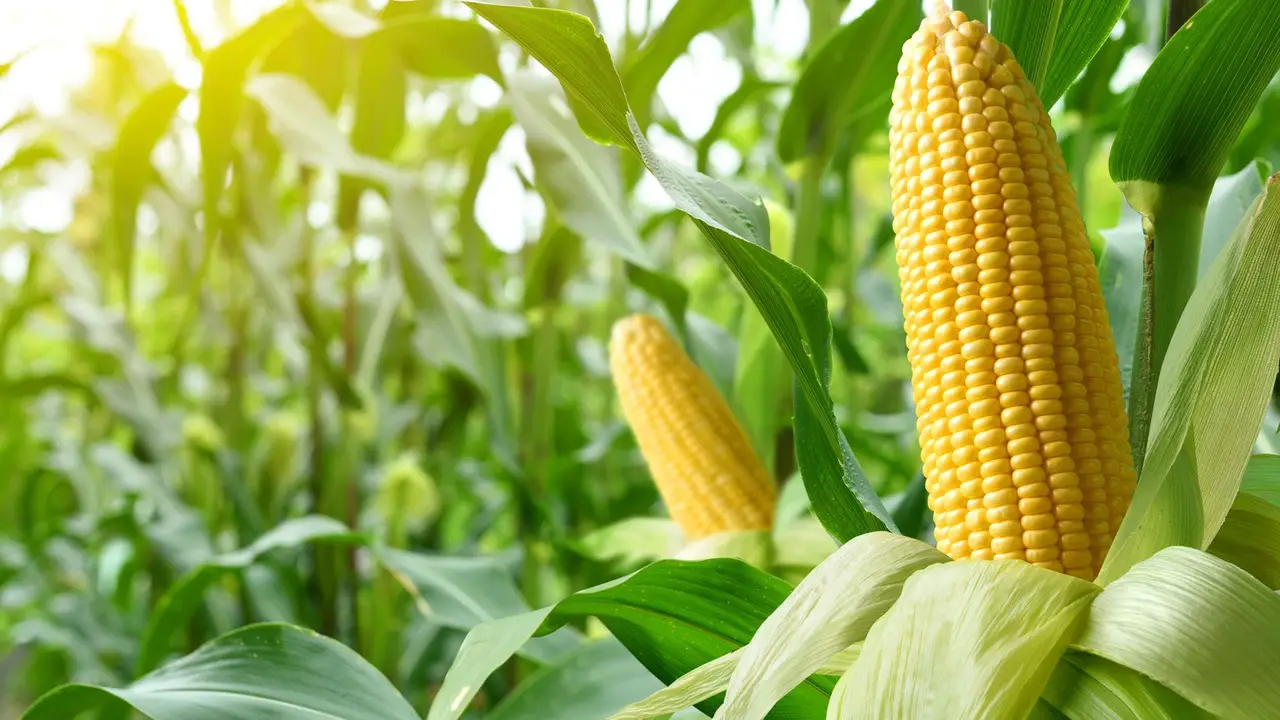
Planting corn near pumpkins is beneficial for improving soil structure. The corn roots create channels that allow water and air to penetrate the soil, benefiting the growth of pumpkin roots. Additionally, the tall stalks of corn provide shade and wind protection for the pumpkin plants.
By combining corn and pumpkins in the garden, you can create a visually appealing landscape. Another advantage is that you can harvest fresh sweet corn while growing pumpkins in the same area.
6.Korean Licorice Mint: Repel Insects

With its aromatic compounds, Korean licorice mint naturally repels insects, making it an excellent companion plant for pumpkins in your vegetable garden. By planting Korean licorice mint near your pumpkins, you can deter pests like squash bugs while enjoying the pleasant scent of licorice as you walk through your garden.
This mint variety is easy to grow and versatile – you can use it in herbal teas or add its unique flavor to culinary dishes. Embrace the benefits of Korean licorice mint and keep your pumpkin patch pest-free!
7.Lavender: Enhance Aroma
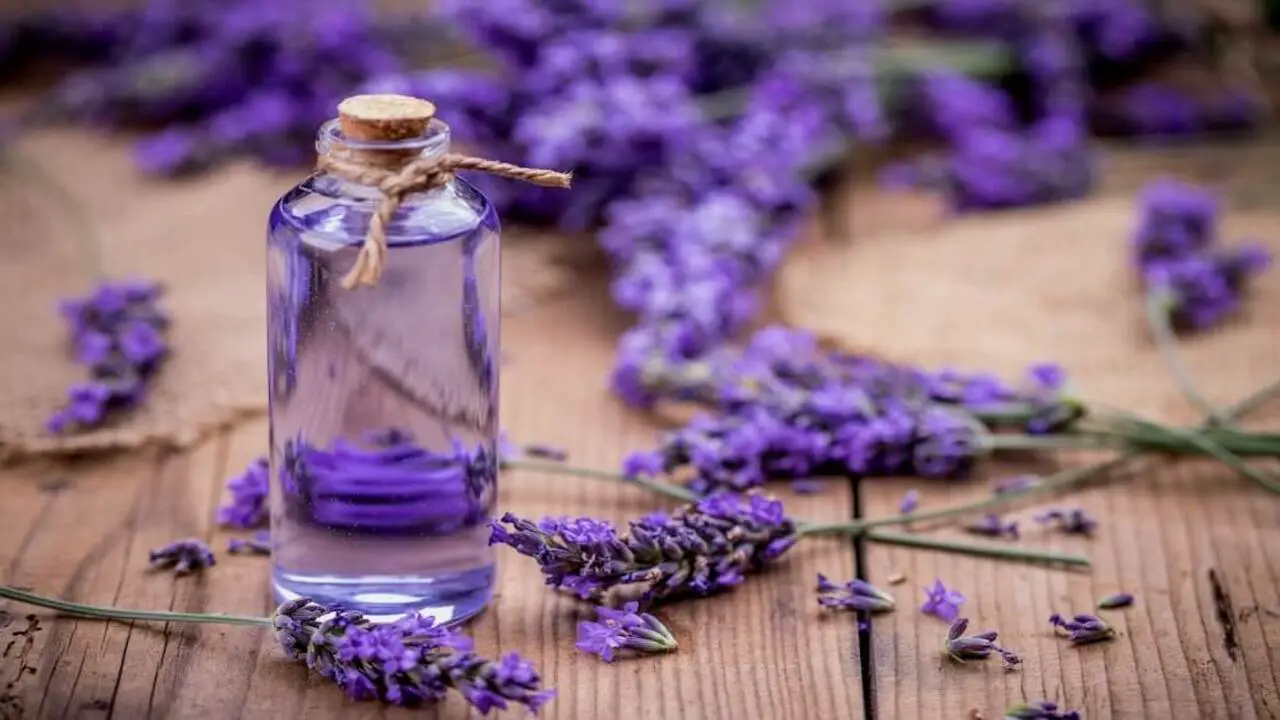
Enhance the aroma of your pumpkin patch with the addition of lavender. This fragrant herb adds a delightful scent to your garden and helps repel insects and pests. Plant lavender near your pumpkins for a calming and aromatic experience while you tend to your plants. Harvest the lavender flowers to make potpourri or lavender oil, allowing you to enjoy the soothing effects of this versatile herb. With lavender as a companion plant, your pumpkin patch will look beautiful and smell incredible.
8.Marjoram: Improve Flavor
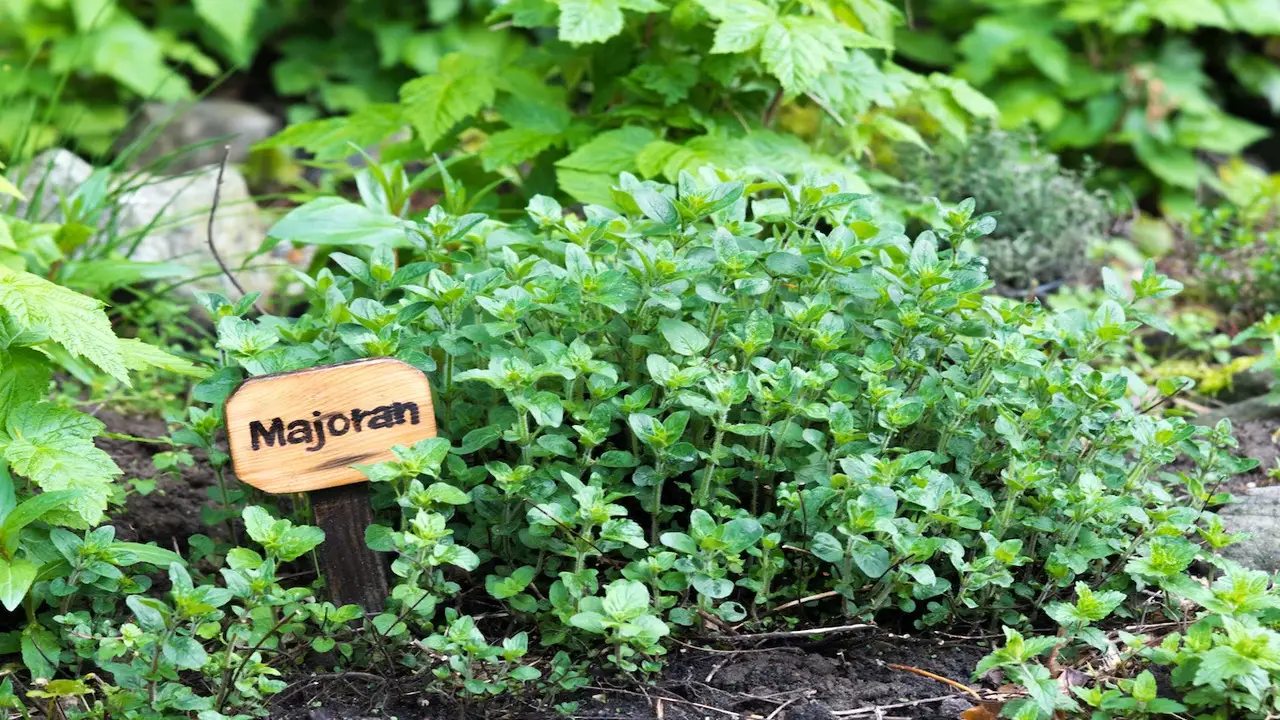
Enhancing the flavor of pumpkins, marjoram is a valuable companion plant. Incorporate marjoram leaves into pumpkin recipes for a delightful taste combination.
Additionally, marjoram attracts beneficial insects like hoverflies, which aid in pollination and natural pest control. With its culinary and medicinal uses, growing marjoram in your vegetable garden is a wise choice. Furthermore, the delicate purple flowers of marjoram add aesthetic beauty to your pumpkin patch.
By strategically planting marjoram alongside your pumpkins, you can improve your harvest’s taste and visual appeal.
9.Pole Beans: Provide Nitrogen
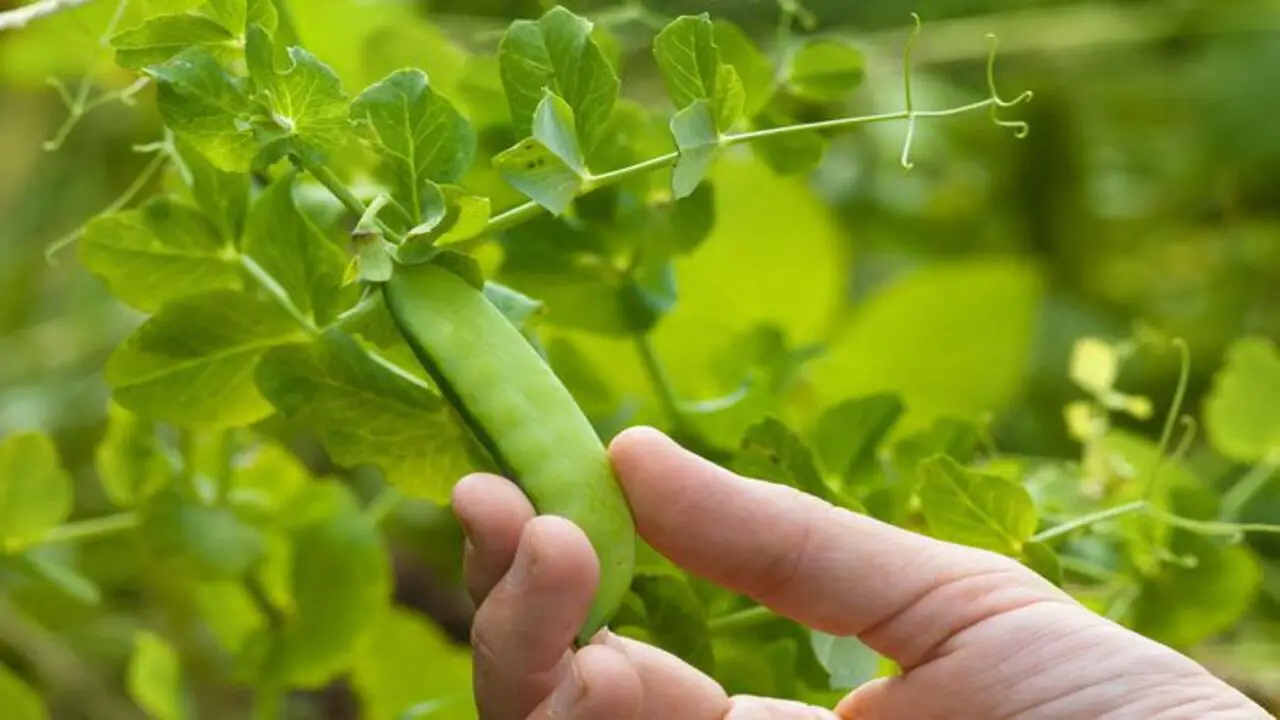
Combine the power of pole beans with pumpkins in your vegetable garden for a sustainable and productive growing season. These nitrogen-fixing plants enrich the soil with essential nutrients, improving fertility for pumpkins and other companion plants.
The tall bean vines act as a natural trellis, supporting the sprawling pumpkin vines. Harvest fresh beans while cultivating pumpkins in the same area, maximizing space and yield. Incorporating pole beans into your pumpkin patch creates a symbiotic relationship that benefits all plants involved.
10.Sunflowers: Attract Beneficial Insects
Sunflowers attract beneficial insects like ladybugs and hoverflies, making them excellent companion plants for pumpkins. By planting sunflowers near your pumpkins, you can naturally control harmful pests in your vegetable garden.
The bright yellow flowers of sunflowers also attract pollinators, leading to better pumpkin crop yields. Additionally, sunflowers provide shade and act as a trellis for pumpkin vines to climb on. Growing sunflowers alongside pumpkins add a vibrant and visually appealing element to your garden.
Benefits Of Growing Pumpkins With Companions
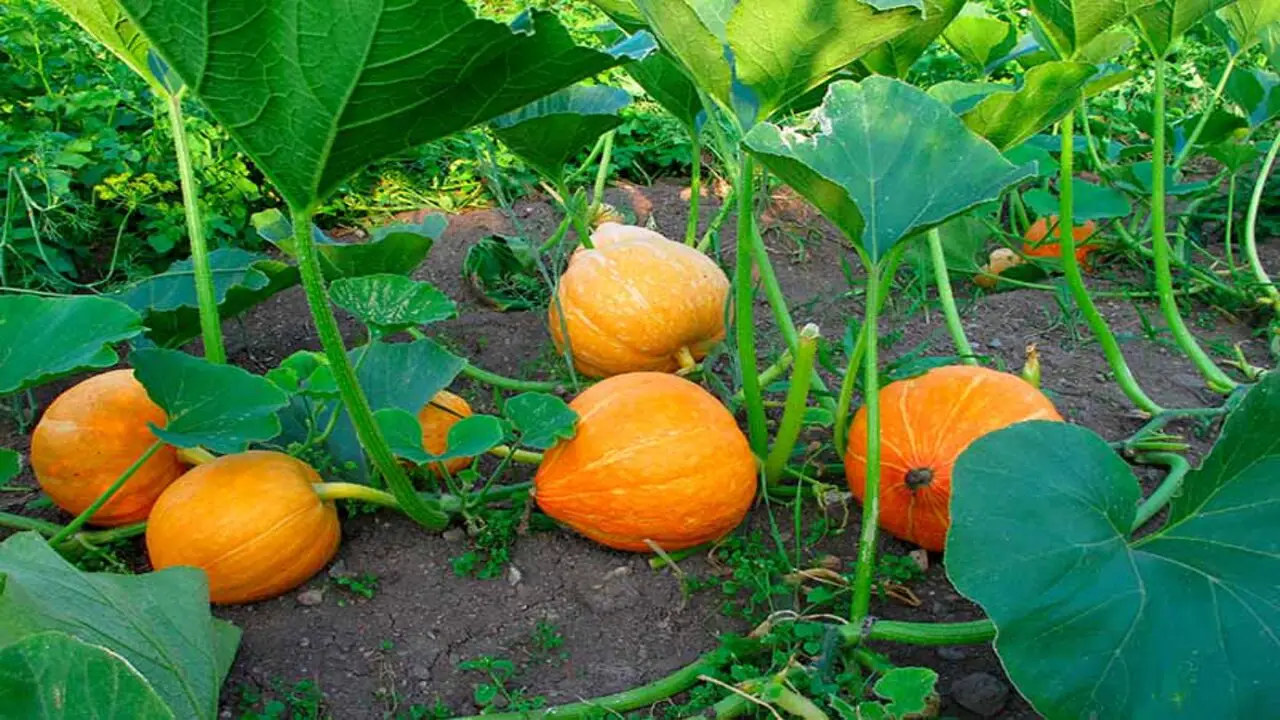
Growing pumpkins with companion plants can offer a range of benefits for your garden. Here are some reasons why you should consider planting companions alongside your pumpkins:
- Pest Control: Certain companion plants, such as marigolds and nasturtiums, can help repel pests that may damage or eat your pumpkin plants. These natural pest deterrents can help keep your pumpkins safe and healthy.
- Improved Pollination: Some companion plants, like borage and sunflowers, attract pollinators like bees and butterflies. Attracting these beneficial insects to your garden can increase the chances of successful pollination for your pumpkin plants.
- Weed Suppression: Planting groundcover companions like clover or oregano can help suppress weed growth around your pumpkin plants. This reduces competition for nutrients and saves you time and effort in weeding.
- Soil Improvement: Certain companion plants, such as legumes like beans or peas, can fix nitrogen in the soil. This enriches the soil with this essential nutrient, benefiting your garden’s pumpkins and other plants.
By strategically selecting companion plants for your pumpkins, you can create a more balanced and thriving garden ecosystem while enjoying a bountiful harvest.
Tips For Successful Pumpkin Companion Plantin
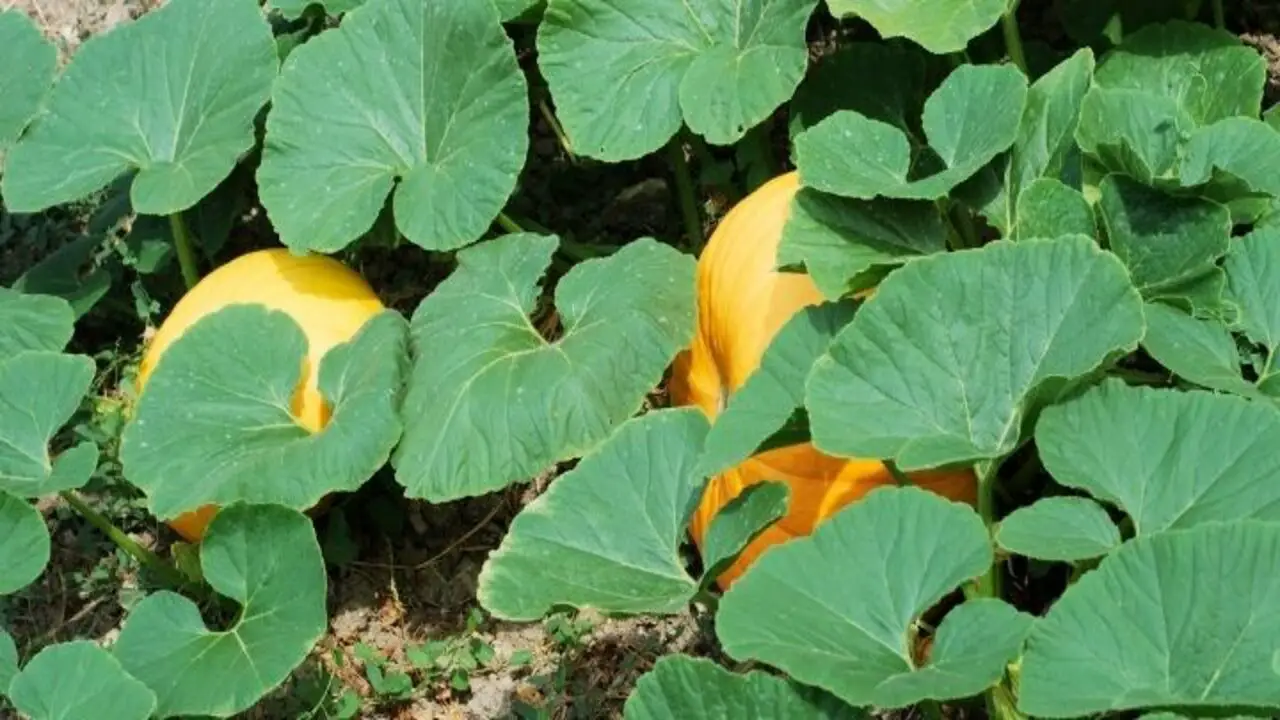
Successful pumpkin companion planting can help improve the health and yield of your pumpkin plants. Here are some tips to help you choose the right companion plants for your pumpkins:
- Choose Plants That Have Compatible Growth Habits: Look for companion plants that have similar growth habits and requirements as pumpkins. This will ensure they do not compete for space, sunlight, or nutrients.
- Consider Pest Control: Some companion plants can help deter pests that commonly affect pumpkins. For example, planting marigolds or nasturtiums near your pumpkin patch can repel insects like aphids and squash bugs.
- Attract Beneficial Insects: Certain companion plants can attract beneficial insects like bees and ladybugs, which can help with pollination and pest control. Plants like borage, dill, and sunflowers are great options to consider.
- Provide Shade And Groundcover: Planting taller companion plants like corn or sunflowers on the north side of your pumpkin patch can provide shade and protection from strong winds. Additionally, planting low-growing groundcover plants like clover or vetch can help suppress weeds and retain moisture in the soil.
- Rotate Crops: To prevent disease buildup in the soil, avoid planting pumpkins in the same spot year after year. Instead, practice crop rotation by planting pumpkins in a different garden area each season.
By selecting the right companion plants for your pumpkins, you can create a mutually beneficial environment that promotes healthy growth and increases your harvest yield.
Conclusion
Finding the right companion plants for pumpkins can greatly enhance their growth and overall health. By selecting plants that complement each other, you can create a thriving garden ecosystem that promotes pollination, deters pests, and maximizes space utilization.
The right companions can repel pests, attract pollinators, improve soil quality, and add flavor to your pumpkins. Remember to consider pumpkins’ specific needs and preferences when selecting companion plants.
Additionally, proper spacing and maintenance are essential for successful pumpkin companion planting. You can enjoy a bountiful harvest of delicious pumpkins with the right combination of companion plants and proper care.
Frequently Asked Questions
1.What Should Not Be Planted With Pumpkins?
Ans: To ensure successful pumpkin growth, it’s important to avoid planting them with other types of squash or gourds. Additionally, keep pumpkins away from potatoes as they can attract the same pests and diseases. Avoid planting near trees or shrubs that may compete for nutrients, water, and sunlight. Also, be cautious about planting in areas recently treated with herbicides or pesticides.
2.What Plants Go Well With Pumpkins?
Ans: Companion plants that go well with pumpkins include beans, corn, and peas, which provide nitrogen to the soil. Marigolds and nasturtiums repel pests, while oregano, thyme, and sage have pest-repelling properties too. Avoid planting pumpkins with other squash family members to prevent attracting similar pests and diseases.
3.What Do You Cover Pumpkin Plants With?
Ans: To protect pumpkin plants, you can cover them with row covers or use mulch to retain moisture and suppress weeds. Some gardeners also use straw or hay as a protective layer. It’s important to ensure proper air circulation and avoid using heavy coverings.
4.What Grows Well With Pumpkins And Squash?
Ans: Corn and beans are excellent companions for pumpkins and squash. Corn provides shade and support, while beans fix nitrogen in the soil. Marigolds can also help repel pests. Other compatible plants include radishes, lettuce, and cucumbers.
5.Which Plants Make Good Companions For Pumpkins?
Ans: Plants that thrive alongside pumpkins include marigolds, nasturtiums, and beans. Marigolds repel pests, nasturtiums attract pollinators, and beans enrich the soil with nitrogen. Avoid planting pumpkins with potatoes or other squash family members. Companion planting enhances pumpkin yields and overall garden health.

